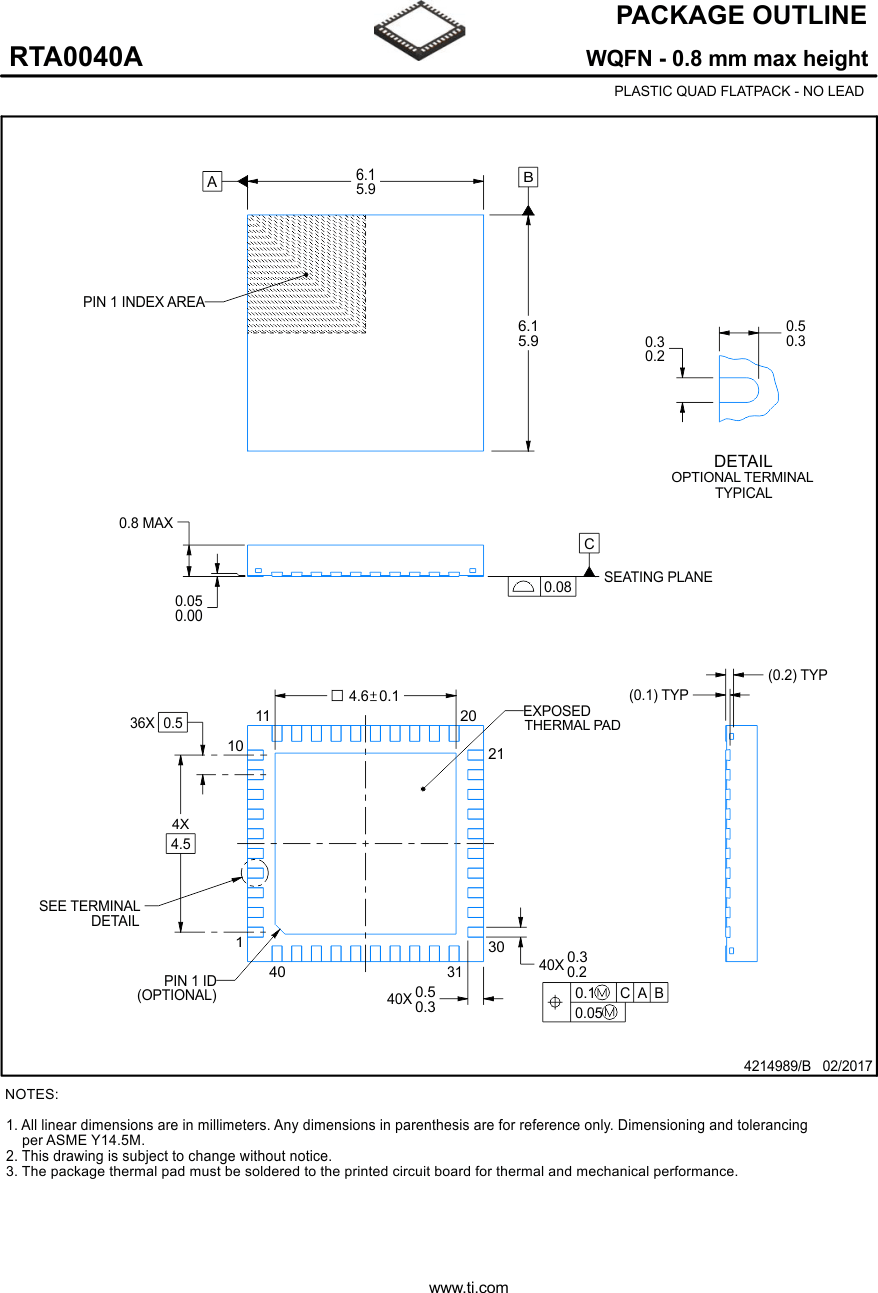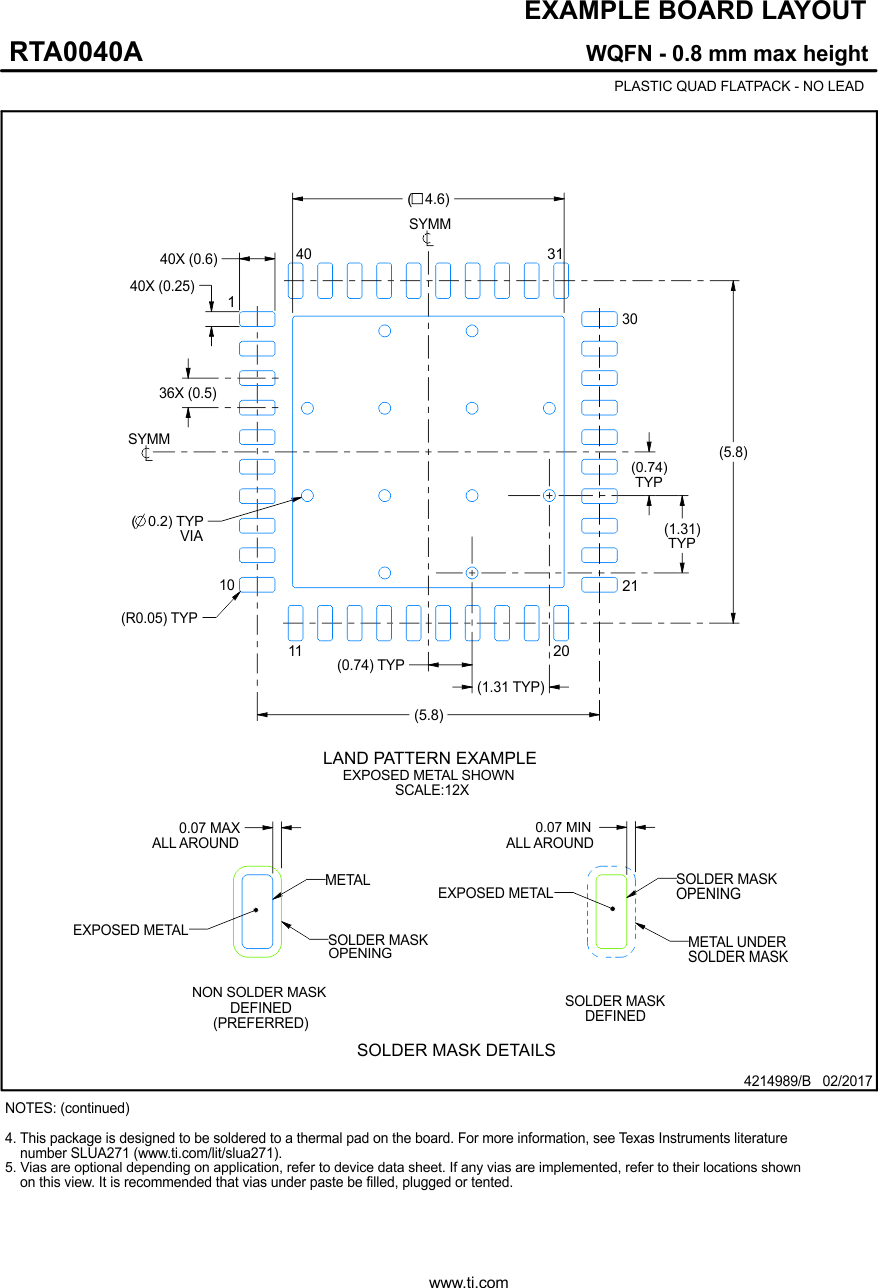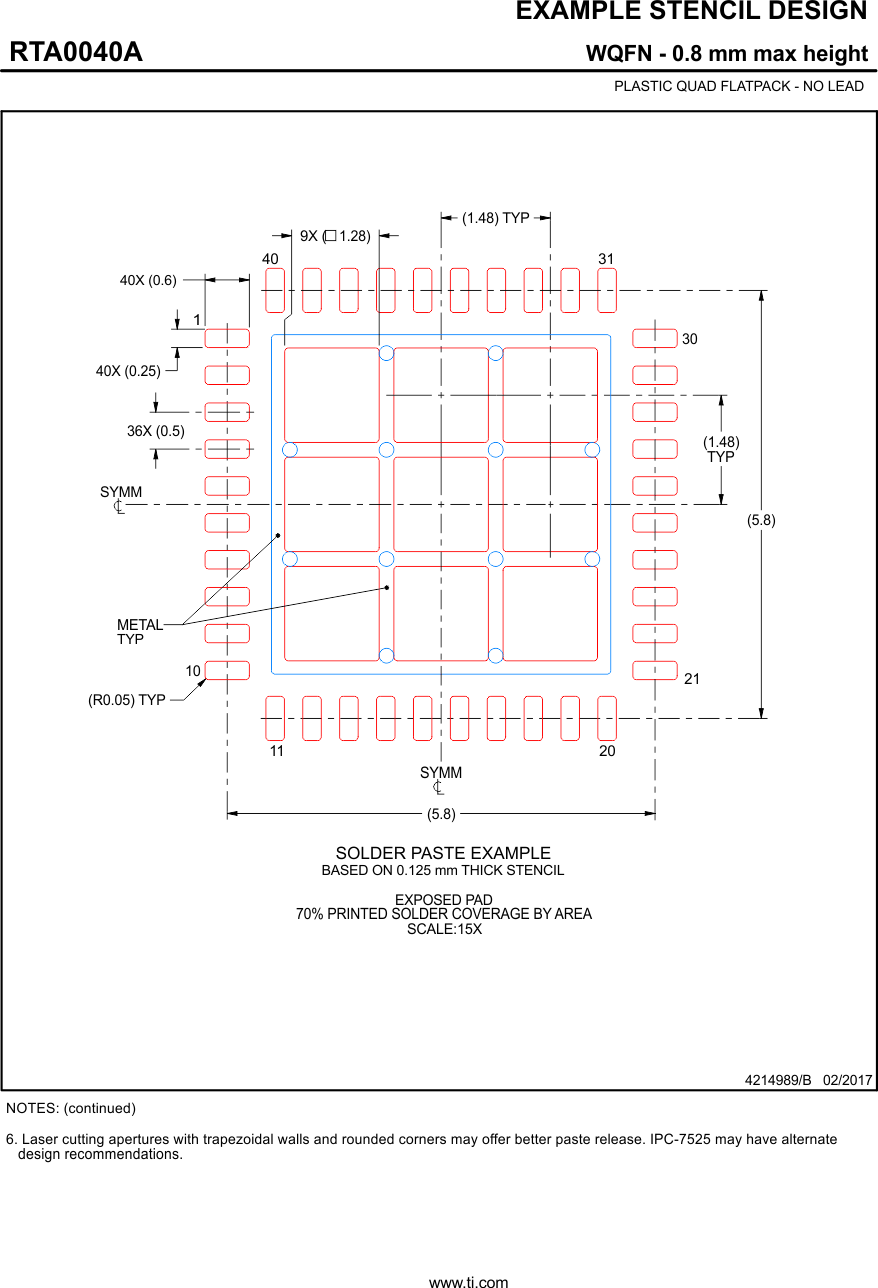SNLS250E May 2008 – April 2015 DP83848H , DP83848J , DP83848K , DP83848M , DP83848T
PRODUCTION DATA.
- 1Device Overview
- 2Revision History
- 3 Device Comparison
- 4Pin Configuration and Functions
- 5Specifications
-
6Detailed Description
- 6.1 Overview
- 6.2 Functional Block Diagram
- 6.3 Feature Description
- 6.4 Device Functional Modes
- 6.5
Programming
- 6.5.1
Architecture
- 6.5.1.1 100BASE-TX Transmitter
- 6.5.1.2
100BASE-TX Receiver
- 6.5.1.2.1 Analog Front End
- 6.5.1.2.2 Digital Signal Processor
- 6.5.1.2.3 Digital Adaptive Equalization and Gain Control
- 6.5.1.2.4 Base Line Wander Compensation
- 6.5.1.2.5 Signal Detect
- 6.5.1.2.6 MLT-3 to NRZI Decoder
- 6.5.1.2.7 NRZI to NRZ
- 6.5.1.2.8 Serial to Parallel
- 6.5.1.2.9 Descrambler
- 6.5.1.2.10 Code-Group Alignment
- 6.5.1.2.11 4B/5B Decoder
- 6.5.1.2.12 100BASE-TX Link Integrity Monitor
- 6.5.1.2.13 Bad SSD Detection
- 6.5.1.3
10BASE-T Transceiver Module
- 6.5.1.3.1 Operational Modes
- 6.5.1.3.2 Smart Squelch
- 6.5.1.3.3 Collision Detection and SQE
- 6.5.1.3.4 Carrier Sense
- 6.5.1.3.5 Normal Link Pulse Detection/Generation
- 6.5.1.3.6 Jabber Function
- 6.5.1.3.7 Automatic Link Polarity Detection and Correction
- 6.5.1.3.8 Transmit and Receive Filtering
- 6.5.1.3.9 Transmitter
- 6.5.1.3.10 Receiver
- 6.5.1
Architecture
- 6.6
Memory
- 6.6.1
Register Block
- 6.6.1.1
Register Definition
- 6.6.1.1.1 Basic Mode Control Register (BMCR)
- 6.6.1.1.2 Basic Mode Status Register (BMSR)
- 6.6.1.1.3 PHY Identifier Register #1 (PHYIDR1)
- 6.6.1.1.4 PHY Identifier Register #2 (PHYIDR2)
- 6.6.1.1.5 Auto-Negotiation Advertisement Register (ANAR)
- 6.6.1.1.6 Auto-Negotiation Link Partner Ability Register (ANLPAR) (BASE Page)
- 6.6.1.1.7 Auto-Negotiation Link Partner Ability Register (ANLPAR) (Next Page)
- 6.6.1.1.8 Auto-Negotiate Expansion Register (ANER)
- 6.6.1.1.9 Auto-Negotiation Next Page Transmit Register (ANNPTR)
- 6.6.1.2
Extended Registers
- 6.6.1.2.1 PHY Status Register (PHYSTS)
- 6.6.1.2.2 False Carrier Sense Counter Register (FCSCR)
- 6.6.1.2.3 Receiver Error Counter Register (RECR)
- 6.6.1.2.4 100 Mb/s PCS Configuration and Status Register (PCSR)
- 6.6.1.2.5 RMII and Bypass Register (RBR)
- 6.6.1.2.6 LED Direct Control Register (LEDCR)
- 6.6.1.2.7 PHY Control Register (PHYCR)
- 6.6.1.2.8 10BASE-T Status/Control Register (10BTSCR)
- 6.6.1.2.9 CD Test and BIST Extensions Register (CDCTRL1)
- 6.6.1.2.10 Energy Detect Control (EDCR)
- 6.6.1.1
Register Definition
- 6.6.1
Register Block
- 7Application, Implementation, and Layout
- 8Device and Documentation Support
- 9Mechanical Packaging and Orderable Information
9 Mechanical Packaging and Orderable Information
The following pages include mechanical, packaging, and orderable information. This information is the most current data available for the designated devices. This data is subject to change without notice and revision of this document. For browser-based versions of this data sheet, refer to the left-hand navigation.


